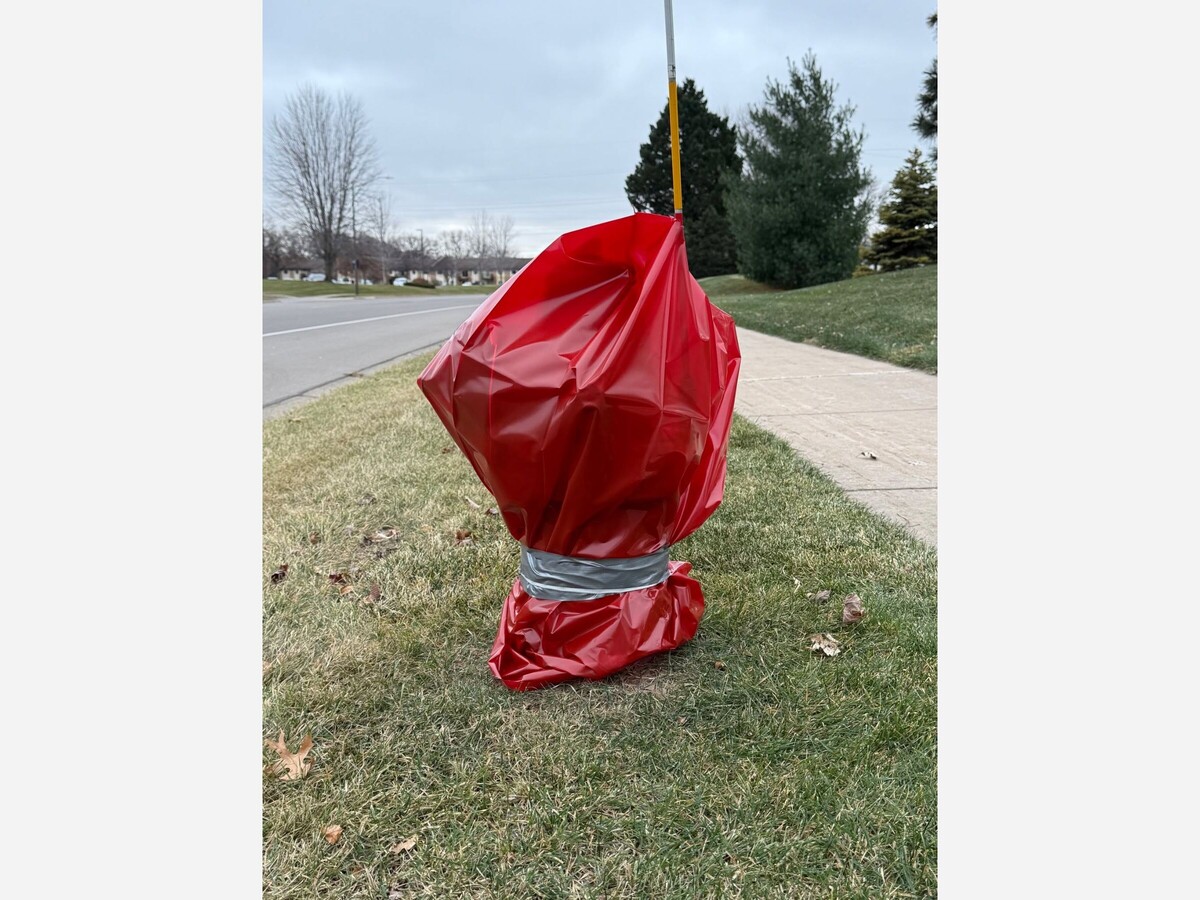Image


COON RAPIDS, Minn. — Drivers traveling through Coon Rapids this winter may notice something unusual on certain major roadways: fire hydrants wrapped in bright red plastic bags. While the sight may raise questions, city officials say the coverings are intentional — and essential.
The red bags are part of a cost-effective winter protection strategy implemented by the Coon Rapids Public Works Department to safeguard hydrants located along heavily salted roads. These areas, primarily county roads and other high-traffic corridors, are the most exposed to salt spray and de-icing chemicals during winter maintenance operations.

Winter road salt may be vital for public safety, but it is corrosive to fire hydrant components. Salt and brine carried by slush, plows or high-speed traffic can settle on hydrant caps, bolts, and operating nuts. Over time, corrosion can cause hydrant caps to seize and operating mechanisms to jam — a risk that could delay firefighters in an emergency.
Fire Chief John Piper says this simple seasonal safeguard pays real dividends.
“The biggest issue we have with corrosion is the ability to get the cap off or be able to turn it on,” Piper explained. “Keeping the salt off helps ensure we can open that hydrant quickly when seconds matter.”
The protective hydrant bags, which cost the city less than a dollar each, significantly reduce the exposure of metal components to corrosive chemicals, extending the lifespan of equipment and reducing maintenance costs.

The City of Coon Rapids does not bag every hydrant. Instead, the effort targets about 200 hydrants, primarily those positioned closest to roadways that receive the heaviest salting and brining.
Hydrants located deeper in neighborhoods, cul-de-sacs or low-traffic areas generally do not face the same salt exposure and are left uncovered.
Despite appearing fully enclosed, the red coverings do not impede emergency operations. If a bagged hydrant is needed during a fire, firefighters can instantly tear or slice through the material and access the hydrant normally.
City officials emphasize that the practice is a safety enhancement, not a barrier.
Coon Rapids is not alone in its approach. Other North Metro communities — including Brooklyn Center and Shoreview — have adopted similar hydrant-bagging measures along their busiest winter routes. The strategy is increasingly common across Minnesota, where frequent freeze-thaw cycles and heavy salt usage accelerate corrosion on public infrastructure.
Hydrant bagging complements the city’s regular maintenance regimen, which includes annual flushing and inspections of the roughly 1,500 hydrants across Coon Rapids. The winter covers ensure hydrants remain operable when firefighters need them most — even during the harshest months.
Residents who notice a damaged hydrant or a covering that has come loose are encouraged to contact Coon Rapids Public Works.